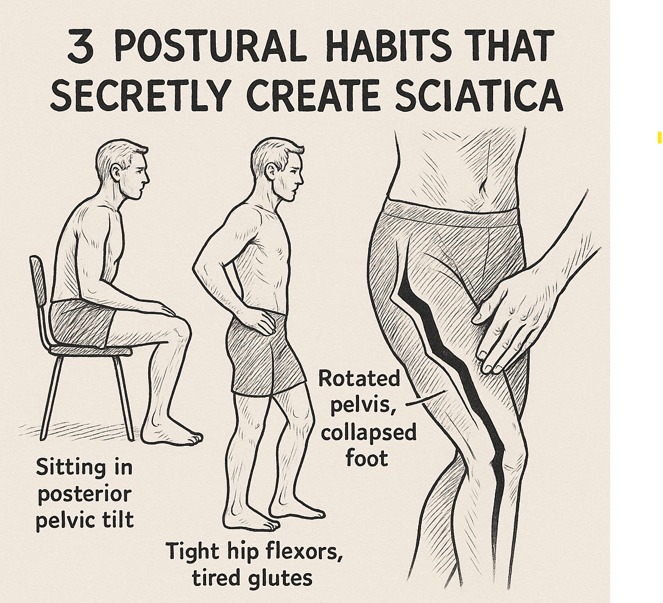Lower back pain
- JANMI

- Jan 5, 2023
- 2 min read
Updated: Jan 20, 2023

The majority of sedentary urbanites will eventually have some degree of low back discomfort. Up to 80% of the population may suffer from low back pain at some point in their lives.
The sedentary character of contemporary living is a major contributor to the high rate of low back pain experienced by city people. It's common for people to strain their backs by sitting for long periods of time at desks, in front of computers, or in front of the TV. The inactivity and bad posture that characterise sedentary lifestyles are also risk factors for developing low back pain.
But I wonder if our forefathers had as much trouble with low back discomfort. Low back discomfort may have been less common in the past, however this cannot be confirmed. This is because our forebears were more active on a daily basis, which helped them maintain strong muscles and healthy joints.
There are a variety of non-invasive methods that can help reduce your low back discomfort. The five most powerful are as follows:
Stretching: Low back discomfort can be alleviated by stretching regularly to release tight muscles and increase flexibility.
Swimming, bicycling, and walking are all examples of low-impact workouts that can help strengthen the muscles supporting the lower back and improve posture.
Tight muscles and poor circulation are common causes of low back discomfort, but massage treatment can help.
Low back discomfort can be alleviated with the use of chiropractic adjustments, which help realign the spine and enhance spinal function.
Acupuncture: The purpose of acupuncture is to stimulate the nerve system and promote healing by the insertion of tiny needles into particular sites on the body. For those suffering from low back discomfort, it may provide welcome relief.
Muscle imbalances in the hips and pelvis are a common source of lower back discomfort, although few individuals are aware of this. Muscle imbalances, including low back discomfort, can result from the overuse, underuse, or misuse of certain muscle groups. As an illustration, low back discomfort can be caused by tight and hyperactive hip flexor muscles, which can pull the pelvis out of position. The same is true for the gluteal muscles; if they are weak and inactive, the pelvis can shift out of alignment, resulting in low back discomfort. Therefore, low back pain treatment should focus on correcting any hip and pelvic muscle abnormalities.
Getting advice from a medical expert on how to treat your low back pain will help you get back on your feet. Until then, try adding some of these natural methods into your daily routine to help reduce your symptoms and boost your health.



Comments